
IEEE Computational Intelligence Society (CIS)
Wuhan Chapter
Wuhan Chapter
School of Artificial Intelligence and Automation
Huazhong University of Science and Technology, China
School of Artificial Intelligence and Automation
Huazhong University of Science and Technology, China
School of Artificial Intelligence and Automation
Huazhong University of Science and Technology, China
Overview
Computational intelligence is a set of Nature-inspired computational methodologies and approaches to address complex real world problems to which traditional methodologies and approaches (first principles, probabilistic, black-box, etc.) are ineffective or infeasible.
The Field of Interest of the Computational Intelligence Society (CIS) shall be the theory, design, application, and development of biologically and linguistically motivated computational paradigms emphasizing neural networks, connectionist systems, genetic algorithms, evolutionary programming, fuzzy systems, and hybrid intelligent systems in which these paradigms are contained.
IEEE CIS Wuhan Chapter was established in 2010 by Prof. Zhigang Zeng of Huazhong University of Science and Technology. It now includes more than 30 members, and is the largest IEEE Chapter in Wuhan.
Activities
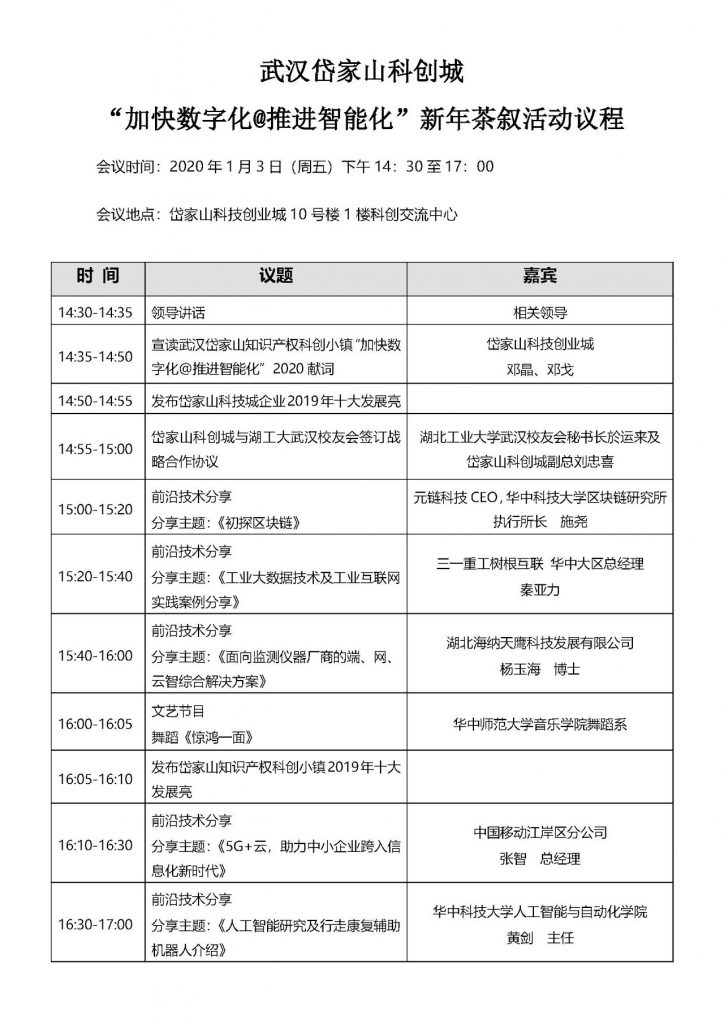
Science popularization: 人工智能研究及行走康复辅助机器人介绍 (Introduction to artificial intelligence and walking rehabilitation assistive robots) , Wuhan, China, 1/3/2020.
Abstract: 2020年1月3日,IEEE CIS Wuhan Chapter 副主席黄剑教授在武汉岱家山科创城“加快数字化@推进智能化”新年茶叙活动中,做了《人工智能研究及行走康复辅助机器人介绍》的前沿技术分享。

Webinar:人工智能简介 — 机器学习、计算智能与人机交互 (Introduction to Artificial Intelligence: Machine Learning, Computational Intelligence, and Human-Machine Interaction),华中科技大学本科生科研沙龙 (HUST Undergraduate Research Salon),4/12/2020.
摘要:人类社会历经了机械化、电气化和信息化三次工业(科技)革命,目前正进入智能化时代。人工智能是由人工制造出来的系统所表现出来的智能,也指研究这样的智能系统是否能够实现、以及如何实现的科学领域。本报告将介绍人工智能中的3个重要方向:机器学习、计算智能、人机交互(情感计算、脑机接口)的基本原理及应用。

Webinar: 脑机接口中的机器学习 (Machine Learning in Brain-Computer Interfaces), 中国自动化学会 (Chinese Automation Association),5/12/2020.
Abstract: 脑机接口是人脑与外部设备直接交互的通道。本报告将介绍脑机接口系统的基本概念,从实验室走向实用面临的挑战,以及如何通过机器学习来解决这些问题,如准确性、易用性、安全性等。

Webinar: 脑机接口中的机器学习 (Machine Learning in Brain-Computer Interfaces), 厦门大学大数据百家讲坛 (Big Data Forum, Xiamen University),5/17/2020.
Abstract: 脑机接口是人脑与外部设备直接交互的通道。本报告将介绍脑机接口系统的基本概念,从实验室走向实用面临的挑战,以及如何通过机器学习来解决这些问题,如准确性、易用性、安全性等。

Keynote: Machine learning in brain-computer interfaces, Int’l Conf. on Artificial Intelligence in China, 7/4/2020.
Abstract: A brain-computer interface (BCI) enables a user to communicate with a computer directly using brain signals. Electroencephalograms (EEGs) used in BCIs are weak, easily contaminated by interference and noise, non-stationary for the same subject, and varying across different subjects and sessions. Thus, sophisticated machine learning approaches are needed for accurate and reliable EEG-based BCIs. This talk will introduce the basic concepts of BCIs, review the latest progress, and describe several newly proposed machine learning approaches for BCIs.

Keynote: Patch Learning, Int’l Conf. on Neural Computing for Advanced Applications, Shenzhen, China, 7/4/2020.
Abstract: There have been different strategies to improve the performance of a machine learning model, e.g., increasing the depth, width, and/or nonlinearity of the model, and using ensemble learning to aggregate multiple base/weak learners in parallel or in series. This talk describes a novel strategy called patch learning (PL) for this problem. It consists of three steps: 1) train an initial global model using all training data; 2) identify from the initial global model the patches which contribute the most to the learning error, and then train a (local) patch model for each such patch; and, 3) update the global model using training data that do not fall into any patch. To use a PL model, one first determines if the input falls into any patch. If yes, then the corresponding patch model is used to compute the output. Otherwise, the global model is used. To-date, PL can only be implemented using fuzzy systems. How this is accomplished will be explained. Finally, some regression problems on 1D/2D/3D curve fitting, nonlinear system identification, and chaotic time-series prediction, will be explained to demonstrate the effectiveness of PL. PL opens up a promising new line of research in machine learning.

Special Session: Human-in-the-Loop Interactions in Fuzzy Reasoning and Machine Learning, IEEE World Congress on Computational Intelligence, Glasgow, UK, 7/19-24, 2020.
Abstract: This special session is aimed at gathering outstanding papers about integrating human informatics and their interacting applications using fuzzy systems and machine learning. This will provide a snapshot of the latest advances in the contribution of human-in-the-loop interactions powered by fuzzy learning frameworks.

Competition: 第二届华中科技大学研究生人工智能创新大赛 (2nd Graduate students AI innovation competition), 华中科技大学,武汉,8/10/2020.
Abstract: 本次大赛邀请了人工智能与自动化学院伍冬睿老师、电子信息与通信学院杨欣老师、管理学院祁超老师、机械科学与工程学院陶波老师和光学与电子信息学院夏珉老师担任评委,决赛由校研会学术中心符鹏主持。
本次大赛秉承“创新”原则,将大赛的特色定位在“前沿领域”和“深入探索”两个方面,要求参赛作品围绕新一代人工智能相关技术探索和设计有明确场景驱动的应用创新方案。共有13支队伍入围决赛。决赛中,各参赛队伍围绕作品技术要点、创新点等方面进行答辩展示,评委们针对作品情况献上了客观而具有指导性的点评。

Webinar:人工智能简介 — 机器学习、计算智能与人机交互 (Introduction to Artificial Intelligence: Machine Learning, Computational Intelligence, and Human-Machine Interaction),2020年青少年“云上科学营”湖北营 (Youth Online Science Camp),8/29/2020.
Abstract:人类社会历经了机械化、电气化和信息化三次工业(科技)革命,目前正进入智能化时代。人工智能是由人工制造出来的系统所表现出来的智能,也指研究这样的智能系统是否能够实现、以及如何实现的科学领域。本报告将介绍人工智能中的3个重要方向:机器学习、计算智能、人机交互(情感计算、脑机接口)的基本原理及应用。

Invited Talk: 人工智能与机器人技术在石油工程领域的应用展望 (Applications of artificial intelligence and robotics in petroleum engineering: An outlook), 中国石油公司 (China National Petroleum Corporation), Beijing, China, 10/13/2020.
Abstract: IEEE CIS Wuhan Chapter 副主席黄剑教授为2020年第一期中油油服高级井筒技术培训班学员就”人工智能与机器人技术在石油工程领域的应用展望”做了专题讲座。

Special Session: Deep learning and transfer learning for brain-machine interfacing, IEEE Int‘l Conf. on Systems, Man and Cybernetics, Toronto, Canada, 10/11-14, 2020.
Abstract: Deep learning (DL) has achieved great success in image and video analysis, natural language processing, speech recognition, etc., and recently has also started to find applications in brain-machine interfaces (BMI). Transfer learning (TL) makes use of data or knowledge gained in solving one problem to help solve a different, albeit related, problem. TL can be particularly useful in BMI to cope with variability across individuals or tasks, accelerating learning and improving performance. Deep learning and transfer learning can also be integrated to take advantage of both domains. This session will follow on successful sessions organized at SMC 2017 and 2018 to further explore theory and applications of deep learning and transfer learning in BMI.

Keynote: Machine learning in brain computer interfaces, 5th USERN Congress, 11/9/ 2020.
Abstract: A brain-computer interface (BCI) enables a user to communicate with a computer directly using brain signals. Electroencephalograms (EEGs) used in BCIs are weak, easily contaminated by interference and noise, non-stationary for the same subject, and varying across different subjects and sessions. Thus, sophisticated machine learning approaches are needed for accurate and reliable EEG-based BCIs. This talk will introduce the basic concepts of BCIs, review the latest progress, and describe several newly proposed machine learning approaches for BCIs.

Tutorial: Transfer Learning for Brain-Computer Interfaces, APNNS/IEEE Education Forum Series: Deep Learning and Artificial Intelligence Winter School, Bangkok, Thailand, 11/21/2020.
Abstract: A brain-computer interface (BCI) enables a user to communicate with a computer directly using the brain signals. Electroencephalogram (EEG) is the most frequently used input signal in BCIs. However, EEG signals are weak, easily contaminated by interferences and noise, non-stationary for the same subject, and varying among different subjects and sessions. So, it is difficult to build a generic pattern recognition model in an EEG-based BCI system that is optimal for different subjects, in different sessions, for different devices and tasks. Usually, a calibration session is needed to collect some training data for a new subject, which is time-consuming and user-unfriendly. Transfer learning (TL), which utilizes data or knowledge from similar or relevant subjects/sessions/devices/tasks to facilitate the learning for a new subject/session/device/task, is frequently used to reduce this calibration effort. This tutorial reviews the basics of EEG-based BCIs, and the progresses on TL approaches in the last few years, i.e., since 2016.

Tutorial: Transfer Learning for Brain-Computer Interfaces, 27th Int’l Conf. on Neural Information Processing (ICONIP), Bangkok, Thailand, 11/22/2020.
Abstract: A brain-computer interface (BCI) enables a user to communicate with a computer directly using the brain signals. Electroencephalogram (EEG) is the most frequently used input signal in BCIs. However, EEG signals are weak, easily contaminated by interferences and noise, non-stationary for the same subject, and varying among different subjects and sessions. So, it is difficult to build a generic pattern recognition model in an EEG-based BCI system that is optimal for different subjects, in different sessions, for different devices and tasks. Usually, a calibration session is needed to collect some training data for a new subject, which is time-consuming and user-unfriendly. Transfer learning (TL), which utilizes data or knowledge from similar or relevant subjects/sessions/devices/tasks to facilitate the learning for a new subject/session/device/task, is frequently used to reduce this calibration effort. This tutorial reviews the basics of EEG-based BCIs, and the progresses on TL approaches in the last few years, i.e., since 2016.

Special Session: Human-in-the-Loop Interactions in Machine Learning, 27th Int’l Conf. on Neural Information Processing (ICONIP), Bangkok, Thailand, December 2020.
Abstract: This special session is aimed at gathering outstanding papers about integrating human informatics and their interacting applications using machine learning. This will provide a snapshot of the latest advances in the contribution of human-in-the-loop interactions powered by reasoning or learning frameworks.

Invited Talk: 基于气动肌肉的机器人外骨骼系统智能控制及应用 (Pneumatic muscle based robotic exoskeleton system intelligent control and applications), 武汉科技大学 (Wuhan University of Science and Technology), Wuhan, China, 11/23/2020.
Abstract: 11月23日下午15:00,华中科技大学人工智能与自动化学院智能科学与技术主任、IEEE CIS Wuhan Chapter 副主席黄剑教授于武钢楼1004报告厅举行主题为“基于气动肌肉的机器人外骨骼系统智能控制及应用”的学术报告。该报告由信息科学与工程学院/人工智能学院、机器人与智能系统研究院伍世虔教授主持,我院部分教师及研究生听取了学术报告。

Keynote: 气动康复机器人外骨骼系统及其智能控制 (Pneumatic rehabilitation robotic exoskeleton system and its intelligent control), 2020 中国康复机器人论坛 (2020 China Rehabilitation Robotics Conference), Beijing, 11/29/2020.
Abstract: 2020年11月29日,在2020第四届中国康复医学会综合学术年会期间,2020中国康复机器人论坛(CRR2020)在北京国家会议中心成功召开。在外骨骼机器人主题中,IEEE CIS Wuhan Chapter 副主席黄剑教授做了《气动康复机器人外骨骼系统及其智能控制》的精彩报告,分享气动康复机器人外骨骼系统的研究。来自全国康复机器人研发、生产与临床应用机构的相关专业人员参与了本次论坛,总计有近3000人通过线上线下形式参与本次论坛。
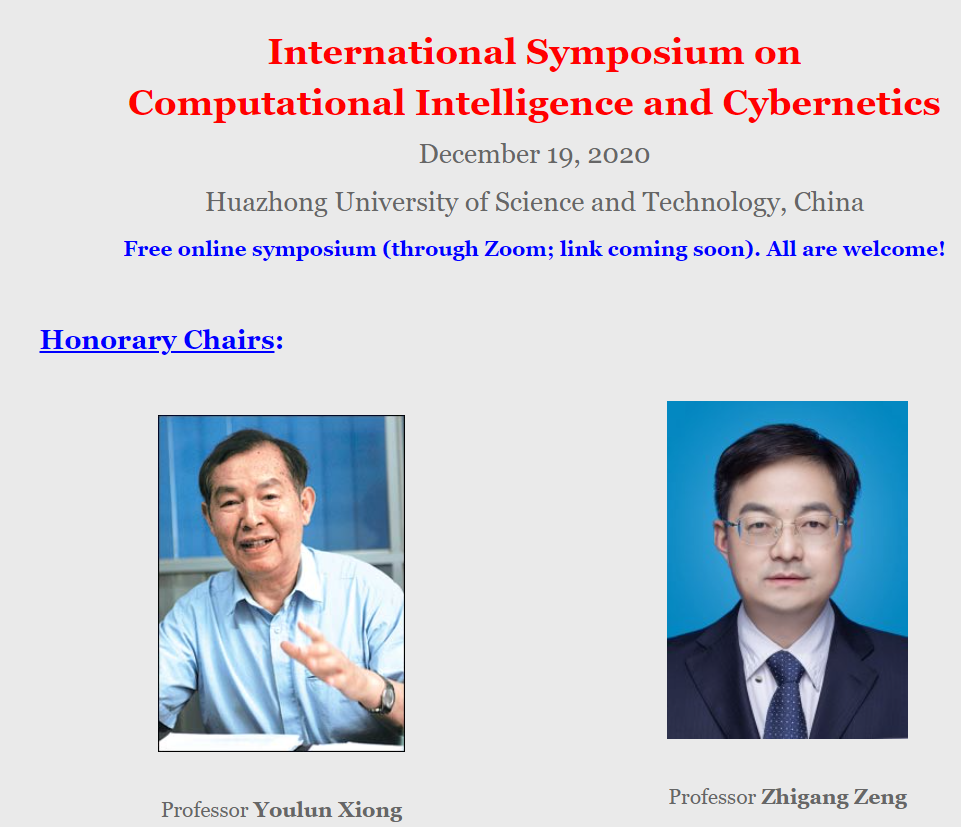
Symposium: International Symposium on Computational Intelligence and Cybernetics, Huazhong University of Science and Technology, China, 12/19/2020.
Abstract: Eight distinguished IEEE Fellows (Witold Pedrycz, Gary Yen, Piero Bonissone, Qing-Long Han, Fei-Yue Wang, Marios Polycarpou, Enrique Herrera Viedma, Hani Hagras) from the IEEE Computational Intelligence Society and the IEEE Systems, Man and Cybernetics Society are invited to the online symposium.
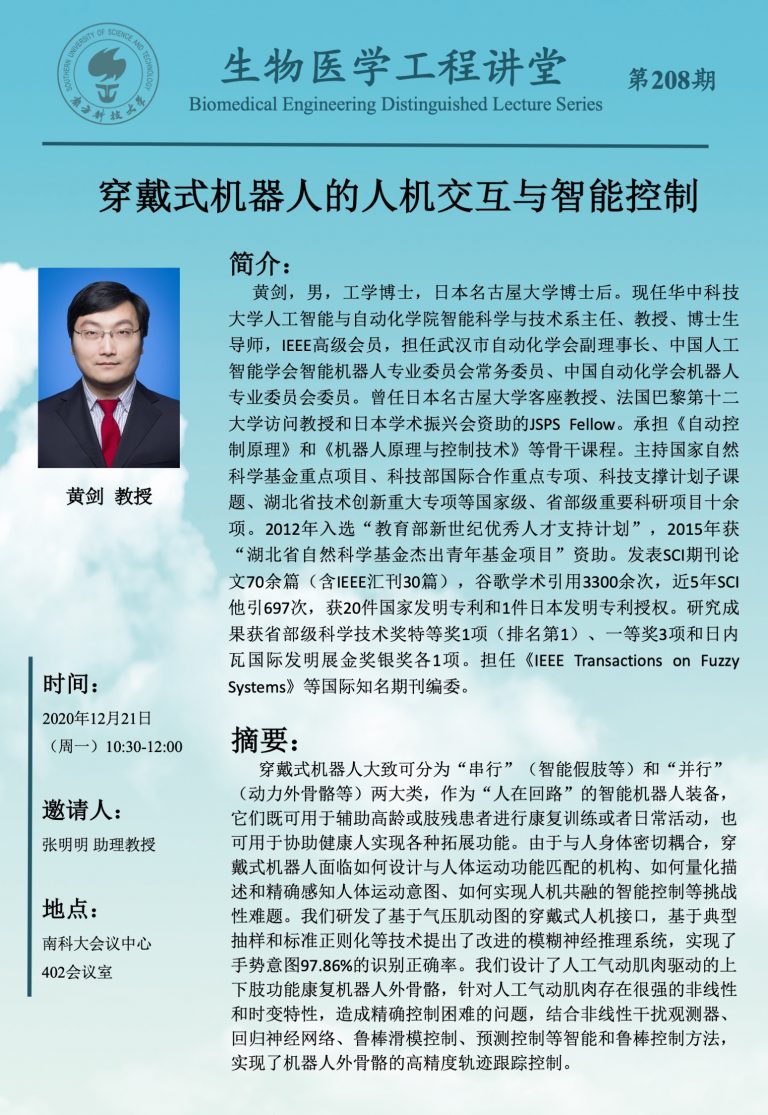
Seminar: 穿戴式机器人的人机交互与智能控制 (Human-machine interaction and intelligent control of wearable robots), 南方科技大学 (Southern University of Science and Technology), China, 12/21/2020.
Abstract: 穿戴式机器人面临如何设计与人体运动相匹配的机构、如何量化和精确感知人体运动意图、如何实现人机共融的智能控制等难题。本讲座介绍黄剑教授在此方向的研究进展。
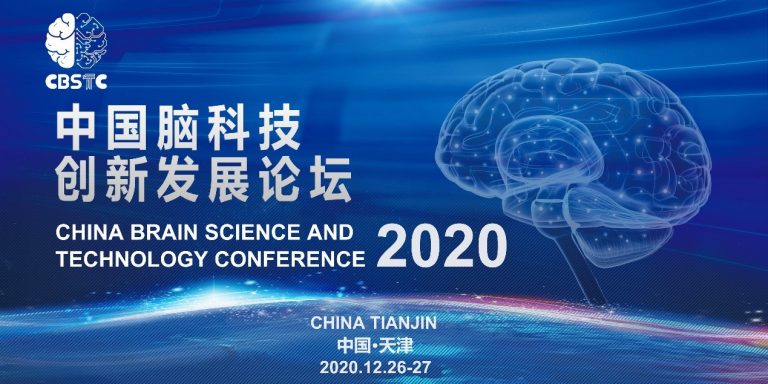
Seminar: Machine Learning in Brain-Computer Interfaces, 中国脑科技创新发展论坛 (China Brain Science and Technology Conference),Tianjin, China, 12/27/2020.
Abstract: A brain-computer interface (BCI) enables a user to communicate with a computer directly using brain signals. Electroencephalograms (EEGs) used in BCIs are weak, easily contaminated by interference and noise, non-stationary for the same subject, and varying across different subjects and sessions. Thus, sophisticated machine learning approaches are needed for accurate and reliable EEG-based BCIs. This talk will introduce the basic concepts of BCIs, review the latest progress, and describe several newly proposed machine learning approaches for BCIs.
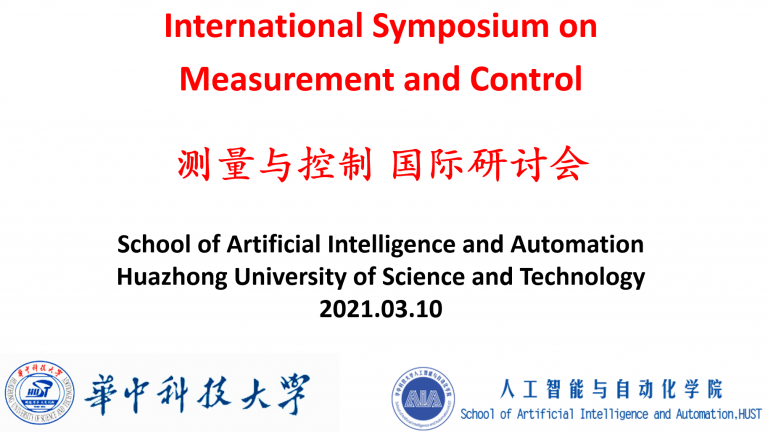
Symposium: International Symposium on Measurement and Control, 03/10/2021.
Abstract: Six distinguished speakers, including several members of European/Polish Academy of Sciences, are invited to the online symposium.

Tutorial: New Optimization Techniques for TSK Fuzzy Systems: Classification and Regression, IEEE Int‘l Conf. on Fuzzy Systems, Luxembourg, July 2021.
Abstract: This tutorial explains the functional equivalence between TSK fuzzy systems and certain neural networks, mixture of experts, CART and stacking ensembles; hence, optimization techniques for the latter may be used for TSK fuzzy systems. It then introduces some newly proposed novel techniques for mini-batch gradient descent (MBGD) based optimization of TSK fuzzy systems, for both classification and regression. These techniques were mainly extended from the training of deep neural networks and mixture-of-experts models. The proposed algorithms can be applied to datasets of any size, but are particularly useful for big data applications.

Special Session: Type-2 Fuzzy Sets and Systems Applications (T2-A), IEEE Int‘l Conf. on Fuzzy Systems, Luxembourg, July 2021.
Abstract: The aim of this special session is to present and focus top quality research in the areas related to the practical aspects and applications of type-2 fuzzy sets and systems. The session will also provide a forum for the academic community and industry to report on recent advances within the type-2 fuzzy sets and systems research.
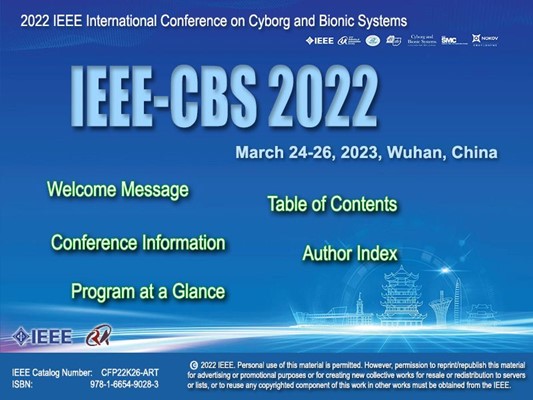
Conference: IEEE International Conference on Cyborg and Bionic Systems, March 24-26, 2023 Wuhan, China
Abstract: The main purpose of this conference is to discuss frontier research and realistic applications of cybernetic organisms (cyborg) and bionic systems, which mainly include robotics, biomedical engineering and neuro-engineering. Research within the scope of cyborg and bionic systems can be based on bio-mechatronic robotic systems which may help restore or augment the capabilities of human and other living beings, on hybrid technologies that mimic the mechanisms of life to create robots and systems that support and interact with human and other species in a variety of environments, or on scientific investigations into principles of life in nature to advance bionic technologies.
This conference is co-sponored by IEEE Robotics and Automation Society, IEEE Computational Intelligence Society (CIS), Huazhong University of Science and Technology and Nagoya University. The technical program of the IEEE CBS 2022 consists of 2 plenary talks, 3 keynote speeches, and 15 technical sessions.